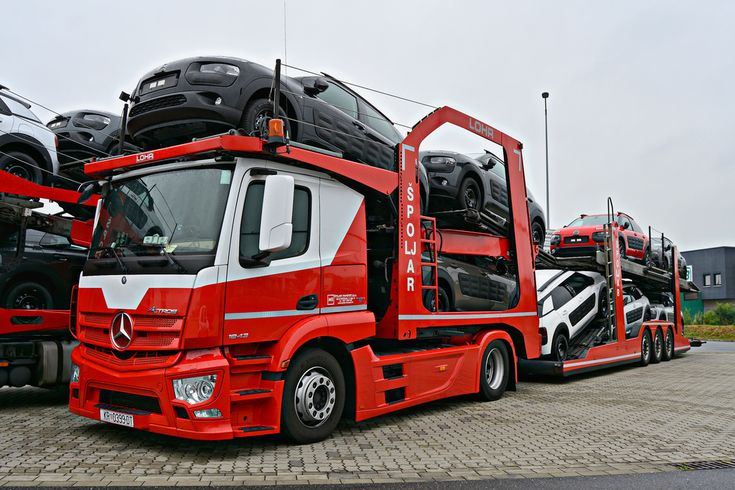In a world where distances are shrinking and opportunities are expanding, the need for efficient and reliable transportation has never been greater. Car transporters, the unsung heroes of the automotive industry, play a crucial role in ensuring that vehicles reach their destinations safely and securely. In this blog, we’ll delve into the world of car transporters, exploring their types, functions, and the key role they play in keeping the wheels of commerce turning.
Types of Car Transporters
- Open-Air Car Transporters:
- Overview: The most common type of car transporter, open-air carriers, are easily recognizable on highways as they transport multiple vehicles exposed to the elements.
- Pros: Cost-effective and capable of carrying several vehicles at once.
- Cons: Vehicles are exposed to weather conditions and road debris.
- Enclosed Car Transporters:
- Overview: Enclosed carriers provide a higher level of protection by enclosing vehicles within trailers, shielding them from weather and road hazards.
- Pros: Enhanced security and protection for high-value or classic cars.
- Cons: Generally more expensive than open-air transport.
- Flatbed Car Transporters:
- Overview: Flatbed carriers have an open platform with no sides or roof, suitable for transporting oversized or irregularly shaped vehicles.
- Pros: Versatile for various vehicle types, including large trucks and equipment.
- Cons: Limited protection from weather and debris.
Functions of Car Transporters
- Long-Distance Vehicle Transport:
- Car transporters are instrumental in moving vehicles across long distances efficiently. Whether it’s delivering new cars from manufacturers to dealerships or relocating a personal vehicle across the country, these transporters are the backbone of the automotive supply chain.
- Fleet Distribution:
- Companies with large vehicle fleets, such as car rental agencies or corporate fleets, rely on transporters to manage the distribution of their vehicles. This ensures that vehicles are strategically placed to meet demand in various locations.
- Auto Show Logistics:
- Car transporters play a crucial role in the logistics of auto shows and exhibitions. They are responsible for safely transporting concept cars, prototypes, and showcase vehicles to and from event venues.
- Online Car Purchases:
- With the rise of online car sales, car transporters facilitate the delivery of vehicles purchased remotely. This has become a vital service for consumers who buy cars from different regions or even countries.
The Challenges and Innovations
- Environmental Concerns:
- The carbon footprint of traditional car transporters has raised environmental concerns. Innovations, such as electric and hybrid transporters, are emerging to address these issues and promote sustainable transportation practices.
- Technology Integration:
- The integration of technology, including GPS tracking and real-time monitoring, has improved the efficiency and transparency of car transporters. Customers can now track the location and status of their vehicles during transit.
Conclusion
In conclusion, car transporters are the silent enablers of the automotive industry, ensuring that vehicles reach their intended destinations safely and on time. As technology continues to advance, we can expect further innovations in the field, making car transportation more efficient, eco-friendly, and secure. The road ahead for car transporters is paved with opportunities to shape the future of automotive logistics.
